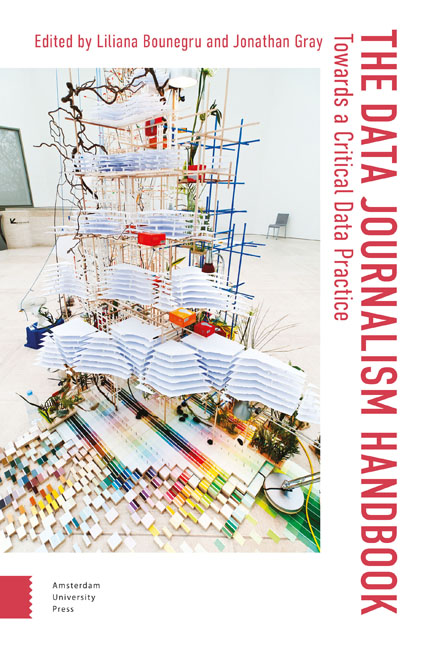19 - Accounting for Methods: Spreadsheets, Scripts and Programming Notebooks
Summary
Abstract
This chapter explores the ways in which literate programming environments such as Jupyter Notebooks can help make data journalism reproducible, less error prone and more collaborative.
Keywords: Jupyter Notebooks, reproducibility, programming, Python, literate programming environments, data journalism
With the rise of data journalism, ideas around what can be considered a journalistic source are changing. Sources come in many forms now: Public data sets, leaked troves of emails, scanned documents, satellite imagery and sensor data. In tandem with this, new methods for finding stories in these sources are emerging. Machine learning, text analysis and some of the other techniques explored elsewhere in this book are increasingly being deployed in the service of the scoop.
But data, despite its aura of hard objective truth, can be distorted and misrepresented. There are many ways in which data journalists can introduce error into their interpretation of a data set and publish a misleading story. There could be issues at the point of data collection which prevent general inferences being made to a broader population. This could, for instance, be a result of a self-selection bias in the way a sample was chosen, something that has become a common problem in the age of Internet polls and surveys. Errors can also be introduced at the data-processing stage. Data processing or cleaning can involve geocoding, correcting misspelled names, harmonizing categories or excluding certain data points altogether if, for instance, they are considered statistical outliers. A good example of this kind of error at work is the inaccurate geocoding of IP addresses in a widely reported study that purported to show a correlation between political persuasion and consumption of porn (Harris, 2014). Then, of course, we have the meat of the data journalist's work, analysis. Any number of statistical fallacies may affect this portion of the work, such as mistaking correlation with causation or choosing an inappropriate statistic to summarize the data set in question.
Given the ways in which collection, treatment and analysis of data can change a narrative—how does the data journalist reassure the reader that the sources they have used are reliable and that the work done to derive their conclusions is sound?
- Type
- Chapter
- Information
- The Data Journalism HandbookTowards A Critical Data Practice, pp. 128 - 137Publisher: Amsterdam University PressPrint publication year: 2021

